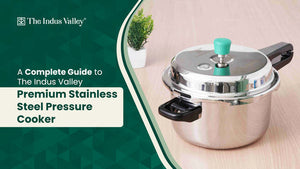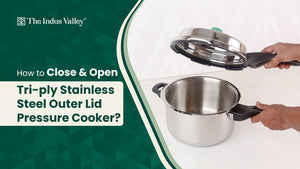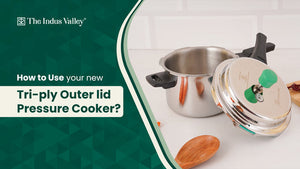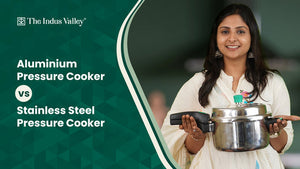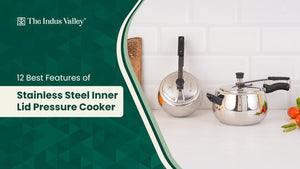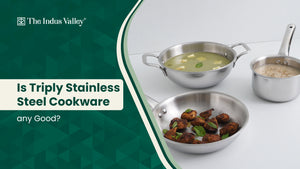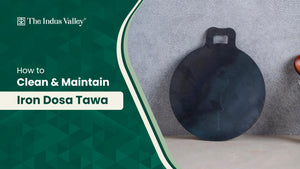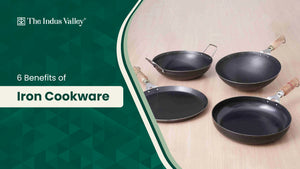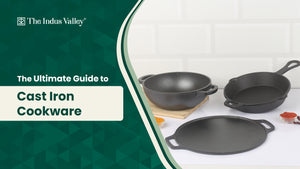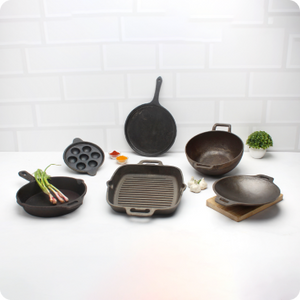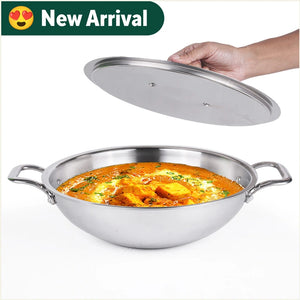
Best Cutting Board for Raw Meat
Cutting board is a necessary tool in the kitchen — without it (and a knife) almost no prep can be done. But not all cutting boards are created equal. Some look great and are stylish, but wreak havoc on your knives.
Others may appear to be hygienic but actually harbor bacteria as dangerous as salmonella and E. coli.
One question people often ask us is:
“Can we cut raw meat on a wooden chopping board? Is it safe?”
The answer is a resounding YES. You can choose either wood or a nonporous surface cutting board such as plastic, marble, glass, or pyro ceramic. Nonporous (like plastic) surfaces are easier to clean than wood. But they are NOT HEALTHY.
So How can we choose the Best Cutting Board? Here are some tips recommended by USDA(United States Department of Agriculture):

1. Avoid Cross-Contamination
You can use a wood surface for cutting raw meat and poultry. However, consider using one cutting board for fresh produce and bread and a separate one for raw meat, poultry, and seafood. This will prevent bacteria on a cutting board that is used for raw meat, poultry, or seafood from contaminating a food that requires no further cooking.
2. Cleaning Cutting Boards
To keep all cutting boards clean, wash them with hot, soapy water after each use. Then rinse with clear water and air dry or pat dry with clean paper towels. Solid wood boards can be washed in a dishwasher.
Wooden can be sanitized with a solution of 1 tablespoon of unscented, liquid chlorine bleach per gallon of water. Flood the surface with the bleach solution and allow it to stand for several minutes. Rinse with clear water and air dry or pat dry with clean paper towels.
3. Replace Worn Cutting Boards
All plastic and wooden cutting boards wear out over time. Once cutting boards become excessively worn or develop hard-to-clean grooves, they should be discarded.
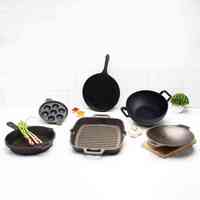


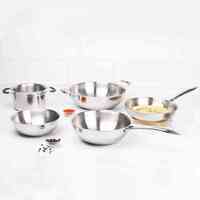
 Easy 7-Day Return
Easy 7-Day Return
 Additional ₹100 Off on Prepaid Orders*
Additional ₹100 Off on Prepaid Orders*

